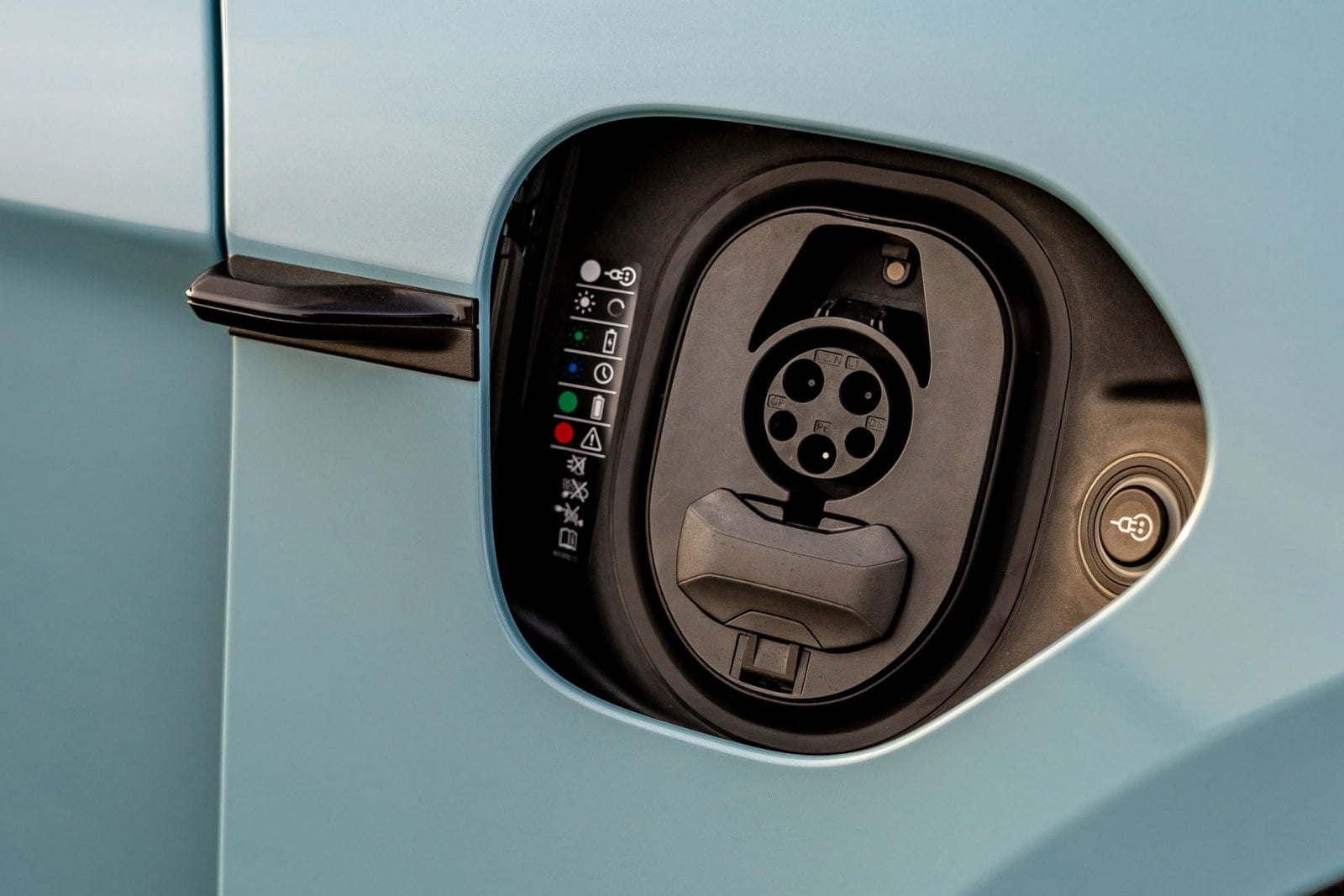Oh, I know, I bought the long range model 3, not the SR+

And you seem to understand so you were not my target audience. There's a point at which I think a bigger battery becomes a problem. Batteries are heavy so there's a point where huge batteries eventually reduce your range (by augmenting consumption). They are costly and we want car makers to make affordable cars. There's a good amount of pollution created to build them, and not enough recycling at the moment to offset it. Heck, we can't build them fast enough to sell all the cars we want to sell so putting more cells per car further reduces that capacity. I would also prefer to never stop anywhere for charging, but I think that's not reasonable.




